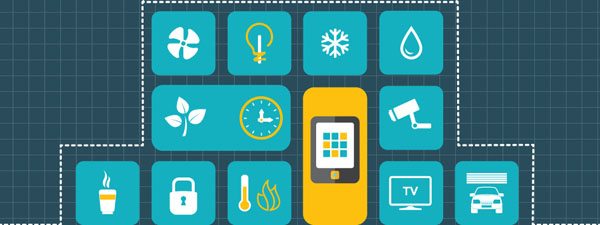Digital Marketing for Home Suppliers
Interactive Web Pages
One of the top buzzwords in Internet marketing lately has been interactive web development. Like responsive web design, interactive Web apps respond to user experience and adapt to the user’s habits and preferences. Whereas responsive Web design refers to the look and feel of a website changing based on a user’s device, screen size, CPU clock speed, graphics card, operating system, geographic location and other data, interactive Web design focuses on the user experience and evolves as the user spends time on the site. Home-based product suppliers can effectively use this tactic by offering interactive graphics that are interesting to use and provide information customers need. A good example would be an infrographic that adapts based on a viewer’s input.
The number one challenge in web marketing is getting potential customers to stay on your site. When they’re engaged with captivating web content that responds to their input, they become interested in learning more about the product. If they have a positive experience the first time they visit a website, they’re likely to return with even more interest in your product.
User Generated Comments
Interactive websites can get people talking online like this, as well. By including a social media comments section on your web page, you encourage your customers to contribute honest, authentic user-generated content to your site, and these comments turn up in relevant Google searches. User-generated content is one of the most useful marketing strategies you can adopt because it creates free, natural back-links and word-of-mouth support for your business.
The Internet of Things
An obvious way home suppliers can take their marketing to the next level is with “Internet of Things” products. For example, if your company makes microwaves, you can equip them with Wi-Fi antennas fairly cheaply and then market them as network-ready microwaves. This strategy allows you to display sponsored content, such as meal recommendations on the screen. It also allows you to collect customer data. This data is perhaps the most valuable part of IoT marketing because it allows you to create more targeted advertisements that directly address the needs of your customers.
For companies that don’t sell electronic devices, advertising on network-ready devices is still a good idea because it reaches people inside their homes. When they’re inside their homes and they see messages about flooring, paint and other home improvement items, it’s more likely to resonate than when they’re away from home.
The Internet is the great equalizer when it comes to reaching customers and competing with other brands in the market. It’s no longer necessary to spend millions on consumer research and advertising. With a modest web development budget, you can generate word-of-mouth buzz about your products that spreads on its own.
For more on interactive content, learn how to build your own here.
